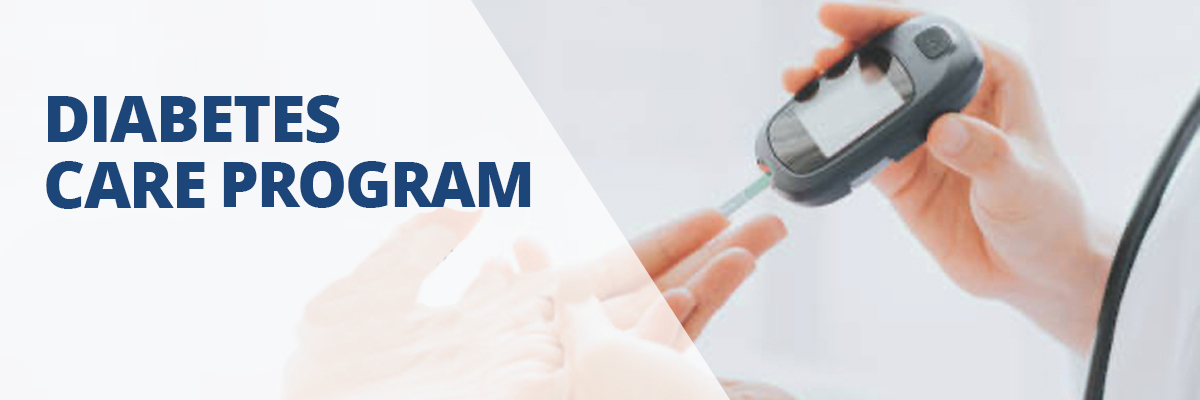Medically reviewed by Dr. Riaz Ali Shah.
Diabetes is one of the most common, long term diseases of this era, having younger presentations in recent years.
It is a disease where the body does not produce enough hormone called insulin or cannot use it effectively to lower glucose levels in the blood. Persistent high sugar levels in the blood decrease the healing properties in our body. This can result in one of the serious complications called Diabetic foot ulcer, the cure of which is often the only amputation.
Every 30 second a lower limb or part of the lower limb is lost to amputation somewhere in the world as a consequence of diabetes.
Amputation in people with diabetes is 10 to 20 times more common than in people without diabetes.
What causes diabetic foot?
Diabetic foot is the end result of many foot problems that may often be overlooked.
Infection – Diabetes affects your circulation, which causes the blood to flow slower than non-diabetics. So if you get a cut or a nig, it takes much longer to heal, promoting the infection.
Callus formation–It is common for people with diabetes to have dry skin or develop calluses, which when crack or breakdown produce ulcers which are difficult to heal
Neuropathy– high blood sugar poorly affects sensory nerves of the foot. Any cut or wound is hence overlooked due to the lack of sensation.
Take care of your feet and they will take you on many great adventures
It is essential for diabetics to be vigilant about their foot hygiene. Below are some dos and don’ts that you must follow:
- Take care of yourself and your diabetes – Keep your sugar under control in order to prevent foot complications. Monitor your glucose levels, maintain a healthy diet, exercise regularly and take your prescribed medication religiously.
- Give your feet a regular check-up – Examine your feet daily. Ideally, use a mirror to inspect every inch of your feet for any cuts, blisters or skin changes. Look in between your toes so you do not miss out on any hidden spot.
- Your sole needscleansing– Keeping your feet clean help prevent any infections. Wash your feet in warm water with mild soap every day. However, make sure to not soak them for long as this may breed bacteria. Once done, dry your feet thoroughly especially between the toes.
- Socks to the rescue– it is important to keep your feet protected by wearing comfortable socks, even to bed. You should also change your socks regularly.
- Choose the right shoe – Always wear closed -toed shoes. Do not wear sandals or open slippers outdoors. You should never wear shoes that aren’t your fit and most importantly, never walk barefoot, even around your house. Always shake out shoes and feel for objects inside the shoes before setting your foot in.
- Trim your nails carefully – Keep your nails short and trim them straight across with clean nail clipper. Giving the nails round shape may allow the buildup of bacteria hence the infection.
- Never treat your corns yourself– Do not try to remove your corns or calluses, visit a foot and ankle specialist for its treatment. However, if you’re doing it yourself then gently smoothen any calluses with a pumice stone. Preferably, do this after your bath, when your foot skin is soft and makes the job easy.
- Say goodbye to smoking – If you love your feet, break- up with your smoking habit. Smoking poorly affects blood circulation hence it may prolong the healing of any foot ulcer or infection.
Care for diabetes does not end at controlling blood sugar. If you or your loved ones have diabetes, get in the habit of practicing proper foot care, scheduling regular check-ups and seek early consultations for any foot problems in order to prevent amputation.
Pay attention to your feet because happy feet are healthy feet!
Guest Post Credit: Dr. Tooba Irfan






